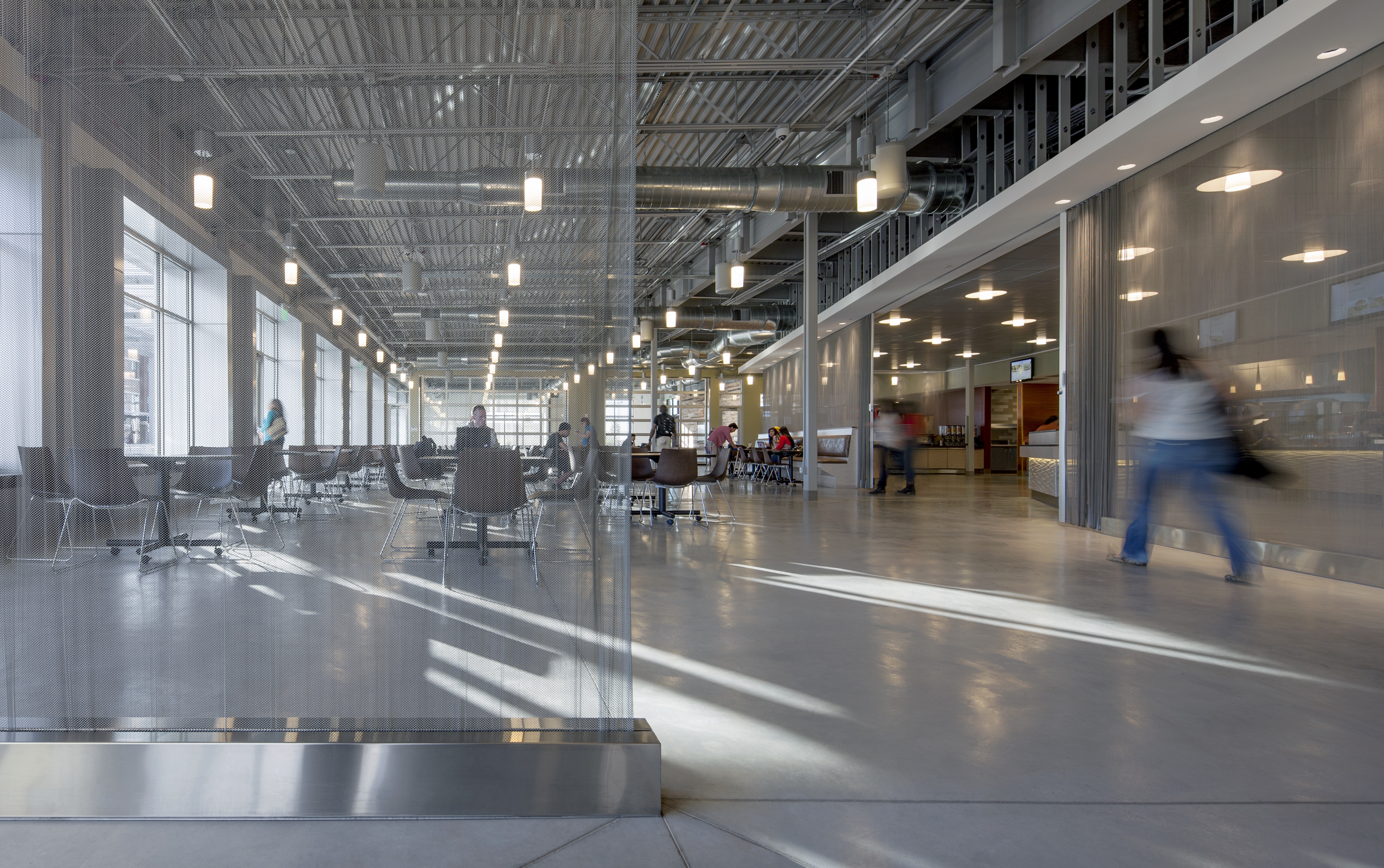Architizer is thrilled to announce that the 2026 A+Product Awards is officially open for submissions! Get your products in front of the AEC industry’s most renowned designers by submitting today.
Creating cement-based building-products is incredibly challenging. Manufacturing that product with enough style and finesse to make it a central design object should be considered an art. That’s why architects looking for an industrial interior aesthetic often turn to high-quality concrete products that are durable and have a certain edginess to them — products that look purposeful, strong and contain an element of rarity.
Even something as seemingly simple as a sink can be custom-specified in the cementitious material instead of a traditional ceramic, transforming the feel of a basic bathroom or kitchen into something distinctively gritty and urban.

Left: Kast Concrete Basin in Rho, Interior Design by Bert & May; Right: Kast Concrete Basin in Rena, Interior Design by 2LG Studio; via Kast
Today, architects are seeking out ways to make their projects look and feel more earthy, choosing building materials that don’t look overly engineered or plastic. Concrete, like natural wood, gives projects the raw and untouched character that many designers and their clients desire, and it’s largely sustainable, low-emitting and usually locally sourced. Though concrete sinks — off all things — are just one detail, they’re integral to this design concept. Minimal and sleek, they can appear seamless in any space but make a bold statement. Behind the design of such a sink is an intricate process of collaboration and partnership.
Several full-service design companies offer architects the ease of specifying and collaborating on custom concrete kitchen and bathroom sinks for their contemporary constructions. One UK-based company, Kast, works meticulously with clients to make stand-out sinks the focal point of a room, and concrete the most dramatic material used. Since concrete is such an easily moldable mixture, they produce these striking and sophisticated forms to look as if they were uniquely carved out of natural stone.

Kast Concrete Basins in Nilo, Interior Design by GRT Architects; via Kast
One of Kasts’ most popular models, the Flor sink, is a sharp design developed from the company’s very first concrete sink, The 603. It features a slimline with ample countertop space and a hidden drainage system underneath — a common characteristic of concrete basins. The horizontal design of the product can be customized in different dimensions, edge thickness, orientation and colors.

Diagram of Flor sink; via Kast
Every sink by Kast is custom made-to-order and the company works closely with architects to put together detailed drawings made up by their team of product designers. They then employ expert craftsmen who create bespoke molds based on the technical aspects of each drawing. Their unique casting process includes mixing a specially-developed blend of cement, admixtures, aggregates and tints specified by the client. Each batch of basins undergoes an inspection process and is hand-polished and protected with their high-performance Ultimaseal sealant, which prevents scratching and staining and is heat resistant.

Times Square Hyatt Hotel by Concreteworks East and SPAN Architecture
Many North American manufacturers also offer custom precast concrete sinks. New Jersey-based company, Concreteworks East, is often specified for high-end residential and commercial projects in New York City. Their standard range of 15 colors and a variety of finishes give architects the choice of creating the right texture and tone for their projects. Most notably, they recently collaborated with SPAN Architecture on a dark-hued custom option for Times Square’s new, award-winning interior of the Hyatt Hotel, as well as a champagne-colored concrete theme for Ian Schrager Company’s 40 Bond.

40 Bond by Concreteworks East; Image via Concreteworks East
Concrete sinks, while clearly gaining in popularity in 2017, tend to appear timeless in any space. They do age, but in a way that makes them look even more refined and elegant. What’s most unique about specifying such a building-product, though, isn’t necessarily the look and feel of the end result, but process of collaboration and customization behind every individual sink. Manufacturers of bespoke sinks go to great lengths to design the perfect product to suit their clients, supplying detailed drawings and instructions for installation. With such attention to detail and material specification, they make an ideal choice for even the most discerning of architects.
Top Image: “NativeStone” concrete sinks by Native Trails
Architizer is thrilled to announce that the 2026 A+Product Awards is officially open for submissions! Get your products in front of the AEC industry’s most renowned designers by submitting today.

 Hyatt Times Square
Hyatt Times Square 


